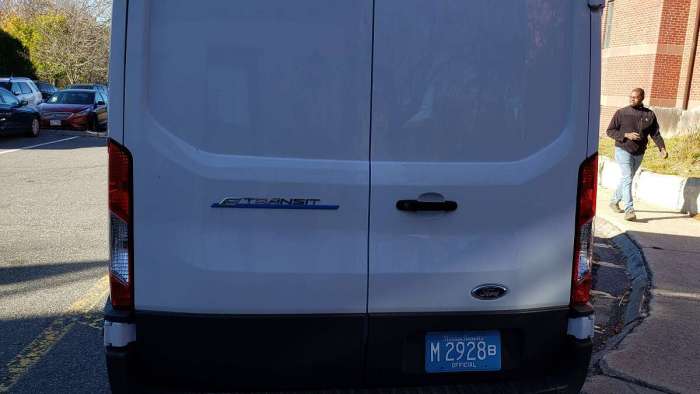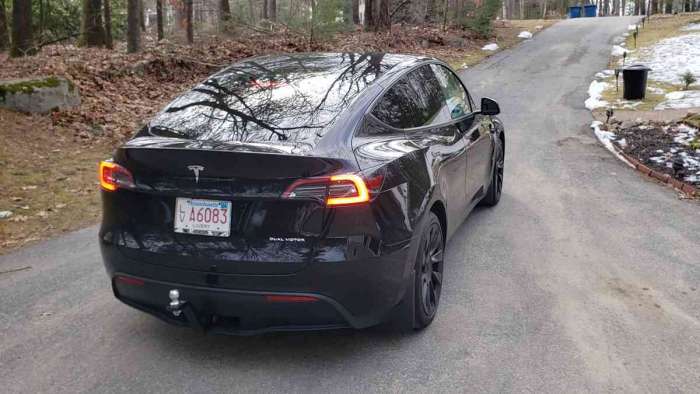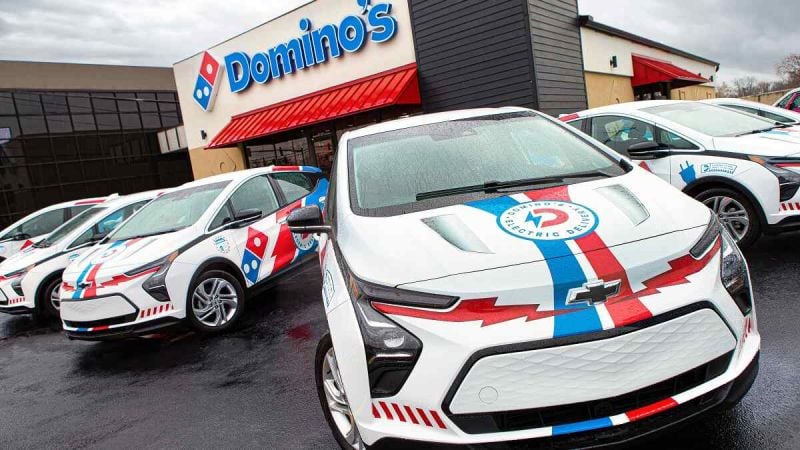If electric vehicles are to make an impact on climate change, they need to be driven. Far and often. With battery capacity and public EV charging two of the greatest challenges to successful electric vehicle use, using the limited capacity available to make personal vehicles is just not wise.
A recent study by iSeeCars measured how many miles EVs are driven per year on average by owners. It turns out, they are barely driven at all in some cases. Not a single EV on sale met the average for internal combustion engine vehicles. Many Evs are driven only about half the miles that gassers are each year. Wouldn’t the environment benefit more from EVs driven a lot of miles, as opposed to just a few each year?
Many commercial ventures have recognized that EVs are perfect for their needs. Amazon gets a lot of publicity for opting to purchase Rivian-built electric delivery vans. The number is relatively small, but Amazon delivers packages all day, every day. Those EVs have the potential to be used a lot more than a pricey Rivian SUV sitting parked in an owner’s driveway all day.

Ford’s e-Transit leads the EV commercial van market. Municipalities and contractors can use the e-Transit to cover up to four hours of local driving between recharges, which can be done at the vehicle’s home base, rather than steal a spot from a person in their own EV on a road trip. Even better, the battery in these vehicles can be smaller, since the vans are only locally used in most cases. Even a van averaging 100 miles six days per week can easily top 30,000 miles of use each year. A battery with just 125 miles of range would suffice, saving battery capacity.
Dominos delivers pizzas for as many as 14 hours each day. Perhaps the best use of an EV we have seen is a Chevy Bolt being used as a pizza delivery vehicle. Given that Bolt owners only cover about 7,800 miles each year, it is easy to see a Bolt used for all-day deliveries covering far more miles and saving far more carbon from being released into the atmosphere. It is also easy to imagine the Bolts on chargers in the Dominos employee parking area charging when not in use, freeing up local public chargers for occasional personal use.

Of all the uses we can imagine for commercial EVs, EV airport limos and local rideshare EVs are easily the best use. Many livery drivers are in motion for the better part of each workday, and some also work nights. We’ve spoken to Uber/Lyft drivers who cover as many as 50,000 miles per year behind the wheel. Even when averaging 200 miles of driving per day, a livery driver would not have to charge a Model Y or Chevy Bolt during the driving shift. Range is not a problem if the vehicle begins its workday fully-charged.
EVs for the wealthy, like those produced by Porsche, Lucid, Rivian, and GMC, are fun to read about. However, do $100K huge-battery EVs driven less than 8,000 miles per year make as much sense for the environment as small-battery EVs costing $40K that drive three times as far? Tell us what you think in the comments section below.
Top of page image of Chevy Bolts courtesy of Dominos. Image of Tesla Model Y airport limo by John Goreham. e-Transit image by John Goreham.
John Goreham is an experienced New England Motor Press Association member and expert vehicle tester. John completed an engineering program with a focus on electric vehicles, followed by two decades of work in high-tech, biopharma, and the automotive supply chain before becoming a news contributor. In addition to his eleven years of work at Torque News, John has published thousands of articles and reviews at American news outlets. He is known for offering unfiltered opinions on vehicle topics. You can follow John on Twitter, and TikTok @ToknCars, and view his credentials at Linkedin











